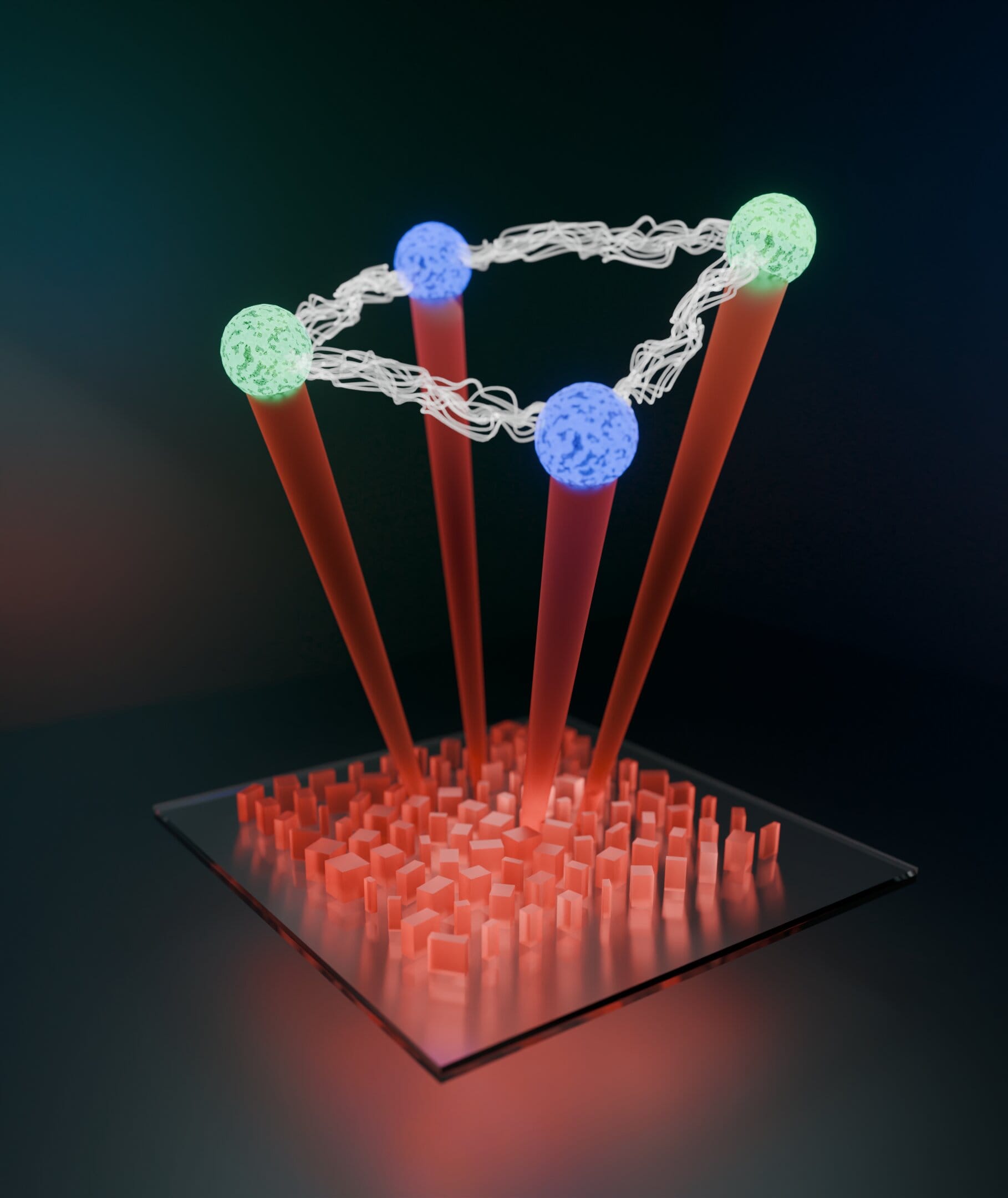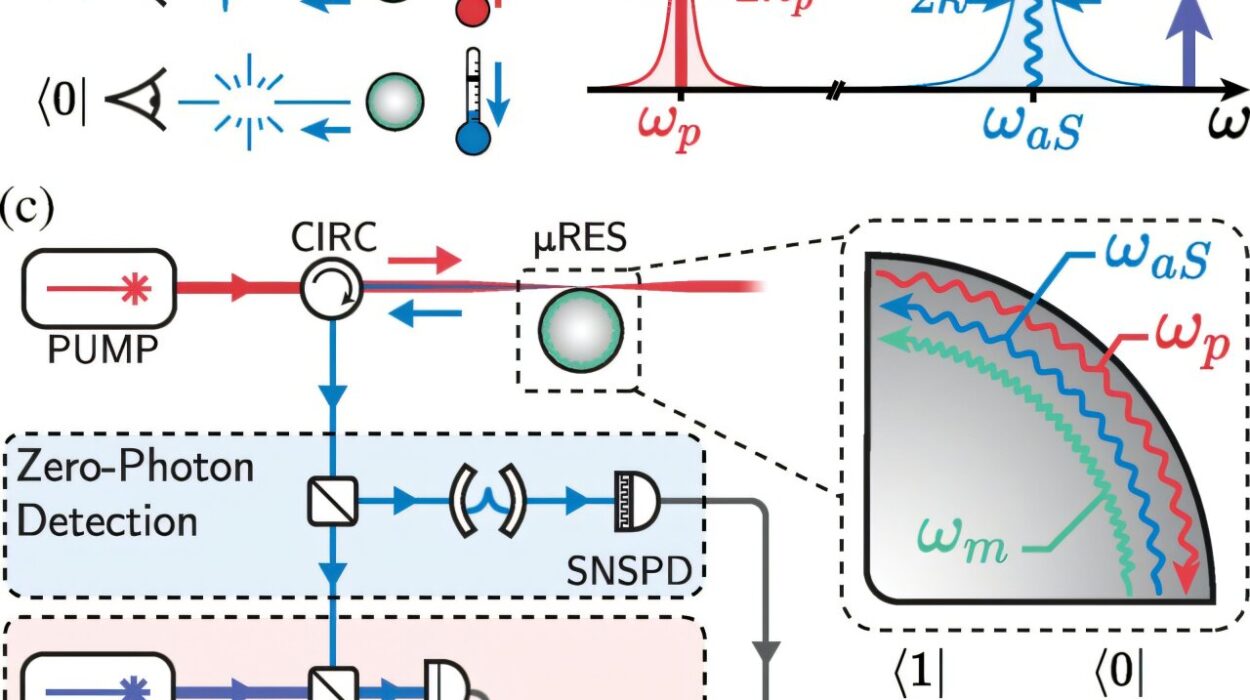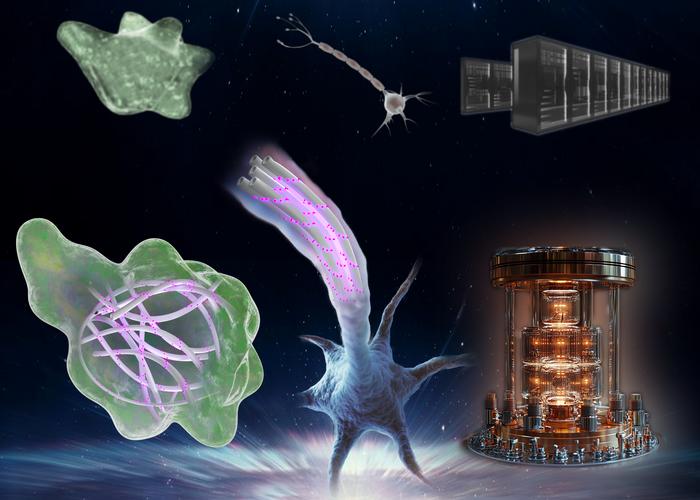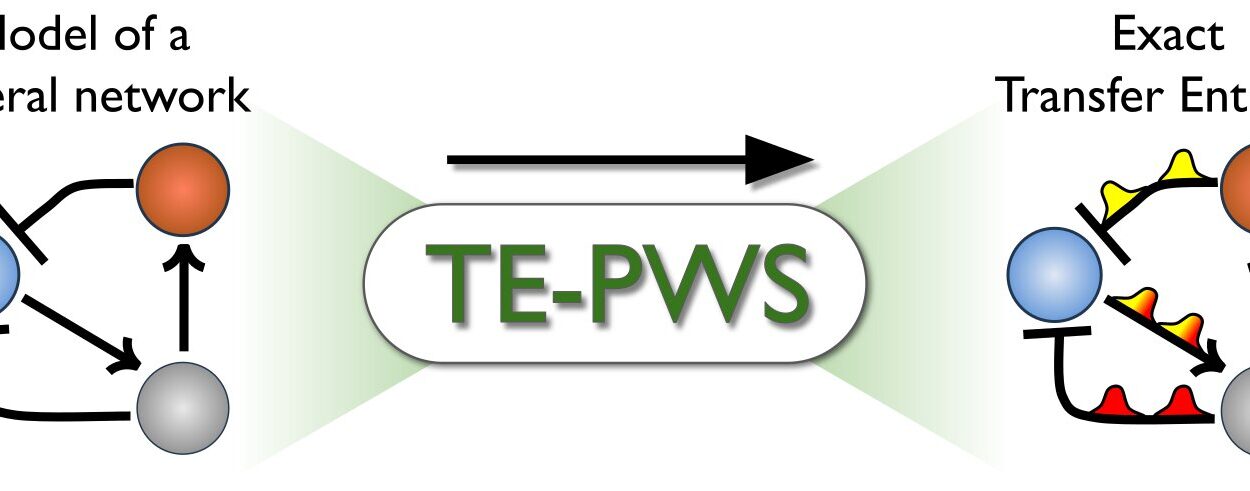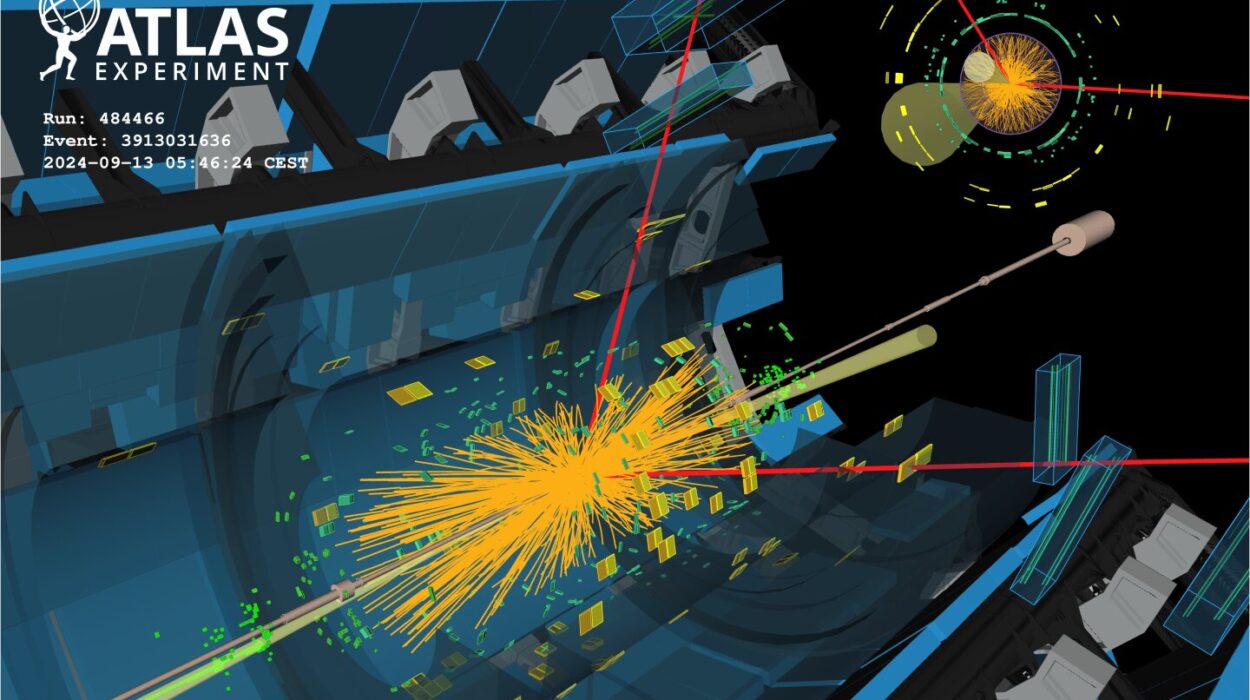In the rapidly evolving world of quantum technology, light is no longer just something to see by—it’s a language. Photons, the smallest particles of light, have become promising messengers in a future defined by quantum computing and ultra-secure communications. Unlike electrons in traditional chips, photons travel fast, generate little heat, and interact minimally with their environment. Most importantly, they can be manipulated into strange quantum states, such as entanglement and superposition, allowing them to encode and process information in ways that defy classical logic.
For decades, scientists have tried to tame photons in intricate networks of lenses, mirrors, and beam splitters, carefully choreographing their paths like dancers in a cosmic ballet. But these setups are massive, fragile, and almost impossible to scale. Each component adds another opportunity for misalignment, loss, or error. As the complexity grows, the elegance breaks down.
So the quantum community has been forced to ask: what if the entire stage could be shrunk?
A New Skin for Light: The Promise of Metasurfaces
At the Harvard John A. Paulson School of Engineering and Applied Sciences, a breakthrough suggests that the answer to quantum scalability might lie not in building bigger networks of parts—but in creating smaller, smarter surfaces. Led by Professor Federico Capasso, a team of optics researchers has developed ultra-thin “metasurfaces” etched with nanoscale patterns that can manipulate light with unprecedented precision. These devices, thinner than a strand of human hair, don’t just reflect or refract light—they sculpt it.
By designing these flat structures with exacting geometry, the team can program photons to behave in ways that previously required entire tables full of equipment. The metasurfaces do not merely bend light—they entangle it, polarize it, and launch it into quantum states, all within a space the size of a fingernail.
Their research, published in Science, signals a bold new direction for quantum optics: compact, robust, and scalable systems that bring light under control without the tangle of bulk optics or extended waveguides.
From Lab Bench to Chip: Why Scale Matters
Quantum computers made of photons are elegant in theory. Photons don’t need cooling like superconducting qubits, and they zip along at the speed of light—literally. But the beauty of quantum photonics is often marred by its engineering demands. Creating a single entangled state of multiple photons often requires dozens of carefully aligned components—each one introducing potential error. Just as trying to build a sandcastle with tweezers on a windy beach sounds absurd, scaling photonic systems with traditional parts has often felt just as daunting.
Metasurfaces change that dynamic. Instead of manipulating light across meters of air or millimeters of waveguides, they allow quantum engineers to build optical functions into a thin, solid-state platform. The stability, simplicity, and reproducibility of metasurfaces make them perfect candidates for integration into next-generation quantum chips. They reduce not only size and weight but also susceptibility to environmental noise.
Kerolos M.A. Yousef, graduate student and first author on the paper, described the breakthrough this way: “Now we can miniaturize an entire optical setup into a single metasurface that is very stable and robust.” What once took an optical bench now fits in your palm.
Quantum Light by Design
Photons are quantum particles that behave both like particles and waves. This duality makes them incredibly useful—and incredibly tricky. Quantum operations require controlling multiple properties of photons simultaneously: their brightness, phase, polarization, direction, and timing. But once you start adding more photons, the complexity multiplies. With every new photon added to the system, the number of quantum interference pathways explodes. This isn’t just a challenge of engineering—it’s a challenge of mathematics.
The Harvard team faced a seemingly insurmountable problem: how to predict and design metasurfaces that could create and control entangled states among multiple photons without becoming computationally overwhelming themselves.
Their solution came from a surprising direction—graph theory, a branch of mathematics that studies relationships using points (nodes) and connections (edges). By treating photons and their interference patterns as visual graphs, the researchers could intuitively and analytically design metasurfaces that produced specific quantum behaviors.
This visual approach turned out to be more than just a tool for understanding. It became a bridge—one that connected the strange, probabilistic world of quantum optics with the precise, deterministic world of nanofabrication.
Metasurfaces and the Quantum Horizon
The implications of metasurface-based quantum optics are profound. These flat platforms offer a radically new way of thinking about light control at the quantum level. Because they don’t rely on bulky alignments or moving parts, they’re far more stable than traditional setups. They also eliminate many of the inefficiencies and losses associated with conventional optical components. Light doesn’t have to bounce between a dozen lenses or beam splitters—it dances directly across a nanostructured landscape of precisely engineered patterns.
This opens the door to quantum computers that operate at room temperature, networked by entangled photons processed through metasurfaces embedded in portable chips. It offers a future where quantum sensing devices—able to detect gravitational waves, minute changes in magnetic fields, or trace chemicals—can fit into wearable technology or tiny medical instruments.
Even more tantalizing is the idea of lab-on-a-chip devices for quantum science, where the fundamental phenomena of light and matter can be explored with unprecedented control, right on a tabletop. With metasurfaces, quantum experiments that once required entire rooms may soon be performed in the palm of your hand.
Two Labs, One Vision
The success of this research hinged on collaboration. The project united Capasso’s lab—known for its pioneering work in metasurface engineering—with that of Professor Marko Lončar, a specialist in integrated quantum photonics. Lončar’s group provided not only critical insight into quantum behavior but also access to tools and platforms that could validate the designs experimentally.
Together, the teams demonstrated that metasurfaces could generate non-classical states of light, perform quantum interference, and even entangle photons—achievements typically associated with far more complex systems.
Their work stands at the intersection of physical intuition, mathematical elegance, and technological ambition. And it underscores a simple but powerful truth: sometimes the biggest advances come not from building bigger machines, but from seeing familiar problems in a new light—quite literally.
Designing the Quantum Future
Perhaps what is most inspiring about this work is not just the technology it produces, but the philosophy it embodies. Quantum computing has always flirted with paradox. It demands systems that are both precise and uncertain, fragile and resilient, deterministic and probabilistic. Building such systems with traditional tools has been like writing poetry with a jackhammer.
Metasurfaces offer a gentler touch. They allow for a kind of quantum craftsmanship, where entangled states are not forced but sculpted—etched onto silicon like verses into stone.
And with the use of graph theory, metasurface design becomes more than just engineering—it becomes a language. Each connection drawn on paper represents a possible interaction in the physical world. Each curve of light, each twist in polarization, each flicker of interference becomes a syllable in the growing lexicon of quantum control.
Neal Sinclair, a research scientist on the project, captured the vision succinctly: “With the graph approach, in a way, metasurface design and the optical quantum state become two sides of the same coin.” The structure is the state. The map is the territory.
Beyond the Chip: A Light Toward Tomorrow
As quantum computing barrels forward—with its promises of unbreakable encryption, instant database searches, and molecular simulations that could rewrite chemistry—the need for practical, scalable, and efficient quantum hardware becomes ever more urgent. Photonics offers a compelling path forward—but only if it can be tamed.
The Harvard team’s work suggests that metasurfaces may be the saddle for this quantum steed. They allow photons to be shaped, entangled, and measured with stability and elegance. They take the dream of optical quantum computing and pull it from the clouds to the chip.
But more than that, they offer a glimpse of what quantum technology might one day feel like—not just powerful, but graceful. Not just functional, but beautiful. An interface between light and logic, thin as paper, etched with the rhythm of the universe.
And so, with every nanoscale groove carved into a metasurface, humanity inches closer to mastering the oldest phenomenon in the cosmos—light itself—not just as a beacon, but as a bit, not just to see the world, but to compute it.
Reference: Kerolos M. A. Yousef et al, Metasurface quantum graphs for generalized Hong-Ou-Mandel interference, Science (2025). DOI: 10.1126/science.adw8404
